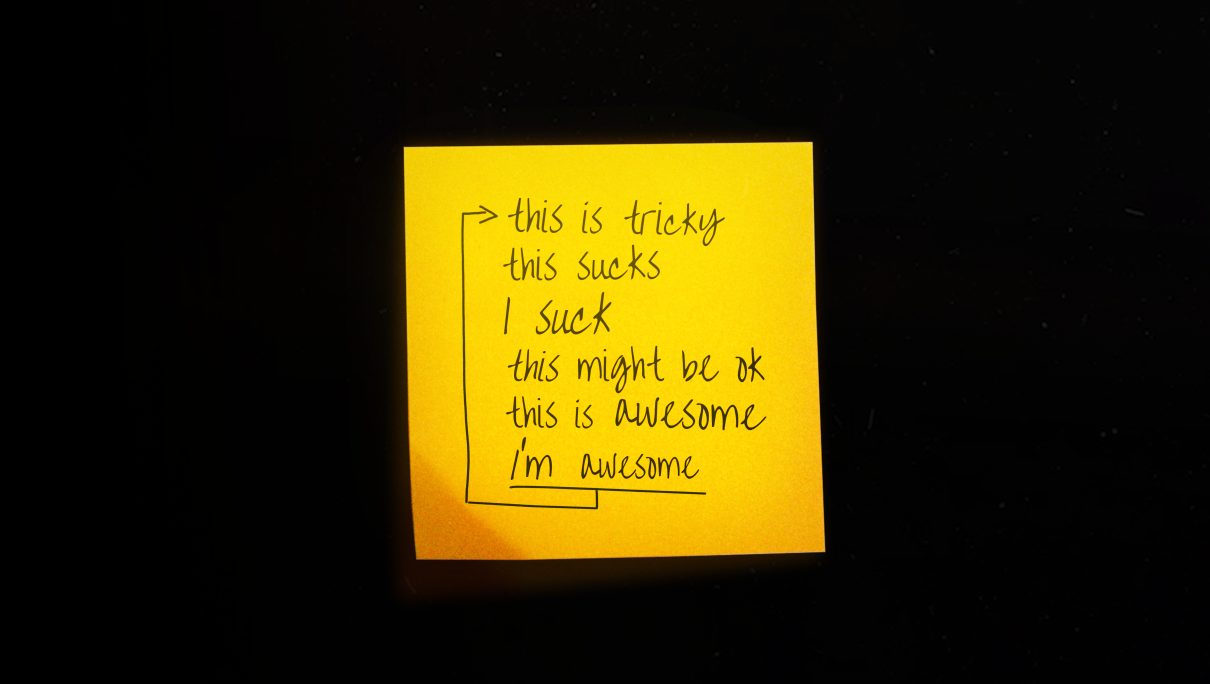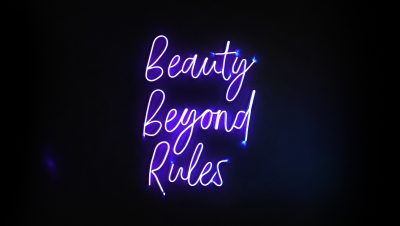I've stumbled, in super-slow motion, upon something that has profoundly transformed my creative journey. It's all about how the quality of my thoughts shaped the quality of my designs.
This design-tainted hypothesis is directly influenced by Marcus Aurelius’ principles of stoicism.
Think positive, design positive.
A baffled realization
When a friend said, that she thinks it’s astonishing I seem almost always proud of my work projects, my first impulsive thought was: I really must come across like a prig. But my reply was: Not always, and if so only for a couple of minutes, hours, days, or weeks, I soon look back at them with mixed feelings, as though somebody else did it. But enjoying what I do, being ok with what I did, and displaying a – hopefully – not cocky amount of self-confidence is something I had to acquire through hard work.
From self-doubt to self-confidence
Let’s rewind to a time when I used to sit at my desk, fervently sketching, concepting, or planning away, only to be haunted by self-doubt. “This sucks, my design is horrible, this is not problem-solving – those are just problems.” a soft relentless soundtrack. This was a time when my peers and I were hunting the idea of there being a perfect workflow, a perfect process that everyone needs to craft for themselves, but which gives relying results so one day we are happy with.
But then, over the years, the idea sedimented that there is only flexibility, the willingness to learn and try and improve, the ability to adapt when everything is thrown out the window. So what is it good for, being so hard on yourself in the process anyway?
Embracing a positive mindset
I decided to experiment, not with some rigid formula for success, but with an open heart and a pinch of humility. I chose to embrace the notion that my designs were not merely products of skills, experience, and tools, but they are the result of a mindset.
So, I set out to infuse my creative process with a sense of playfulness and joy. Instead of being bogged down by the fear of imperfection, I celebrated the little quirks and doodles that adorned my sketches. And to my surprise, the more I let go of my rigid expectations, the better my results seemed to be.
Not being a prig while feeling good about yourself, listening to others, keeping self-confidence to yourself.
Being open to the input of other designers, friends, or my non-designer dad, brought forth a treasure trove of fresh perspectives. And of course, those diverse viewpoints not only enriched my designs but also expanded my horizons as a designer. This combination of inner pride and outer feedback is what felt good for me.
Oh, but don’t get me wrong! I didn’t become some lofty design guru floating on a cloud of self-admiration. I know I have much to learn and improve. Yet, I realized that berating myself for every little flaw wasn’t going to lead me anywhere. It was the delicate balance of acknowledging my growth areas while cherishing my progress that kept me grounded yet motivated.
When you work as a professional, your confidence comes from your experience, and what you think of yourself, your work, and your value. If we are cool about it, without being mean to ourselves or a prig – it’s a win.
Conclusion
The quality of my designs is shaped by the quality of my thoughts. Inspired by Marcus Aurelius’ stoic principles, I let go of self-doubt and embraced a playful, open-hearted approach to design. Trusting in yourself, while embracing imperfections can put an end to perfectionism and self-doubt. In the end, it’s not about following a strict set of rules, but about tapping into the magic that sometimes seems the side effect of deciding to think positively.
- The combination of inner pride and outer feedback can be an amazing symbiosis.
- Embracing the joy, finding inspiration in the unexpected, and cherishing the victories of your unique creative journey.
- The quality of my designs is shaped by the quality of my thoughts




